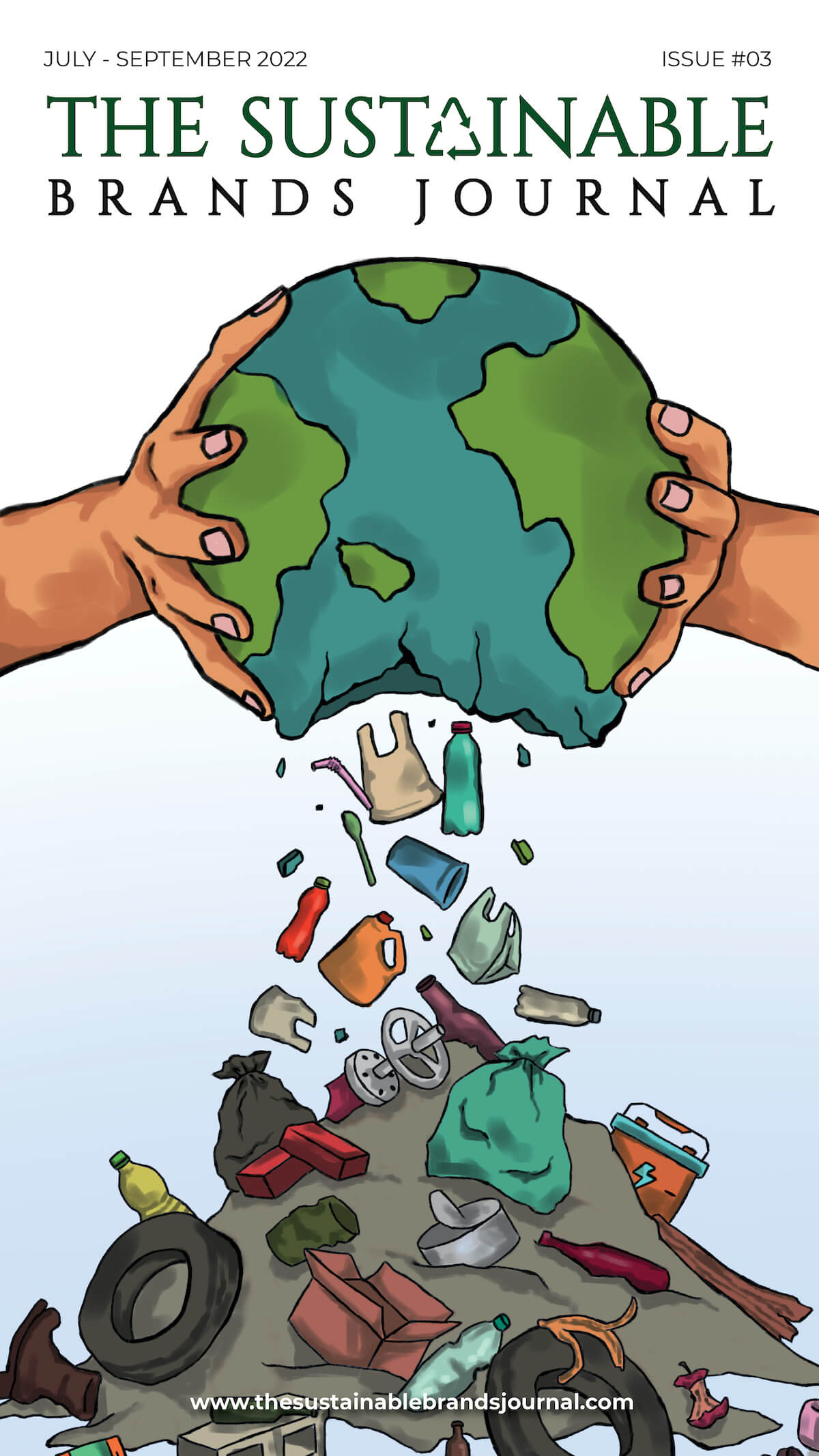
Carbon offsetting – Implementing decarbonisation strategies
Controlling climate change and reaching zero net emissions starts with planning for the long-term future goals and not stopping for the short-term ones. This means getting prices right as part of the broad policy that can trigger changes in both behaviours and investments and it requires smoothing the transition for those who are most affected.
A World Bank report came up with 3 steps with examples, data and policy advice to help countries decarbonise their development in an orderly and smooth way.
The solution exists and it’s affordable – if the government takes serious action today, says the report.
It also advised that the cost will rise for the upcoming generation for however long it gets delayed. Data from the Intergovernmental on Climate Change report suggests that waiting for 15 more years and taking no necessary action till 2030 will increase costs by 50% through 2050.
STEP 1 – Planning for the future

By planning for long-term goals rather than short-term milestones, governments can easily make proactive choices that lay the groundwork for future developments and avoid locking in investments that could become unusable in a Carib-constrained world and damaging development patterns.
In urban areas, this means designing cities for public transportation. It also means investing in the technology and research that will be needed 20- 50 years down the road.
In the new report, the authors also discuss the risk of stranded assets, like coal-fired power plants that might not be unable to operate as governments set limits on greenhouse gas emissions. It notes that just the fossil fuel power plants built in 2012 will emit 19 billion tons of carbon dioxide over their expected 40-year lifetime, more than the annual emissions of every fossil-fuel power plant operating in the year 2012. It is possible to retire them early, but that will change the comparison of costs for decision-makers as they compare clean energy sources against fossil fuels.
Talking about a technical level, the report says zero net emissions is achievable as part of robust and well-planned economic growth that emphasises 4 areas:
- The work started with a shift from relying on fossil fuels for electricity to using clean energy that decarbonised electricity.
- With increasing amounts of clean energy, a massive shift to electrification can increase access to clean energy and remove polluting fuels.
- Improved energy efficiency helps to lower the demand.
- Keeping natural carbon sinks healthy through better land and forest management helps to balance emissions by storing and absorbing carbon.
Many of the steps governments can take now like improving energy efficiency and developing public transportation also offer local and immediate benefits in improved access for residents and reduced pollution.
STEP 2 – Get prices right
On the policy front, governments can start converting mindsets and investments to low-carbon growth by getting prices right for part of a broad policy package that gives incentives to ensure low-carbon growth plans are implemented and projects financed in the right way.
Putting a price on carbon through a cap-and-trade or a carbon tax system addresses market failure to include the cost of environmental harm from greenhouse gas emissions. It is an effective way for raising revenue while encouraging lower emissions, and it can be convenient to administer and harder to avoid than other taxes.
While carbon pricing is necessary, it can never be enough on its own without complementary policies, the authors say.
A complementary policy package that provides incentives to make sure that the green technologies are developed and used at scale can comprehend measures such as rebates on fuel-efficient vehicles, performance standards for energy efficiency, and renewable portfolio standards which require electricity providers to get a percentage of their power from renewable sources.
Policymakers can also decrease tariffs on low-carbon goods, like energy-efficient light bulbs, and solar panels as the Asia Pacific countries recently agreed to do.
STEP 3 – Smoothing the transition
The economic transformation that is needed to shift economies to zero net emissions before the end of the century will require changes in support for those most affected.
Eliminating fossil fuel subsidies that primarily benefit the implementing and wealthy cap-and-trade or carbon tax systems are two ways to generate or free up revenue which can reduce costs of healthcare, education and infrastructure and equip with direct support for the poor while also decreasing carbon emissions.
“Data in 22 developing countries reveals that if fossil fuel subsidies were replaced by universal cash transfers, then the bottom sixty per cent would benefit from the reform,” said Stephane Hallegatte, a lead author of the report and a senior economist for climate change at World Bank
Smoothing the transition also means to help businesses reinvent themselves for a sustainable world. Automakers started down that path as they ameliorated gas mileage to meet developed electric and low-emissions vehicles and performance standards.
The international community plays a vital role. The report says that making progress on the global agreements will go a “long way towards convincing economic actors that the future will be carbon-free.”
Conclusion
Wrapping it up, Despite being a tool for climate change that has been around for years, carbon offsetting can still be a point of contention and conflict with uncertainty about how it should play a role in today’s decarbonisation efforts.
Also, if you want to drive a moment towards a sustainable world, join our sustainable brands community.

Prachi, an accomplished Chief-Editor at The Sustainable Brands Journal, has 15+ years of experience in Europe, the Middle East, and India, managing 90+ global sustainable brands. She’s a prolific writer in sustainability, contributing to various publications. Prachi’s unwavering passion and expertise make her a recognized authority, driving positive change and inspiring a sustainable future.





